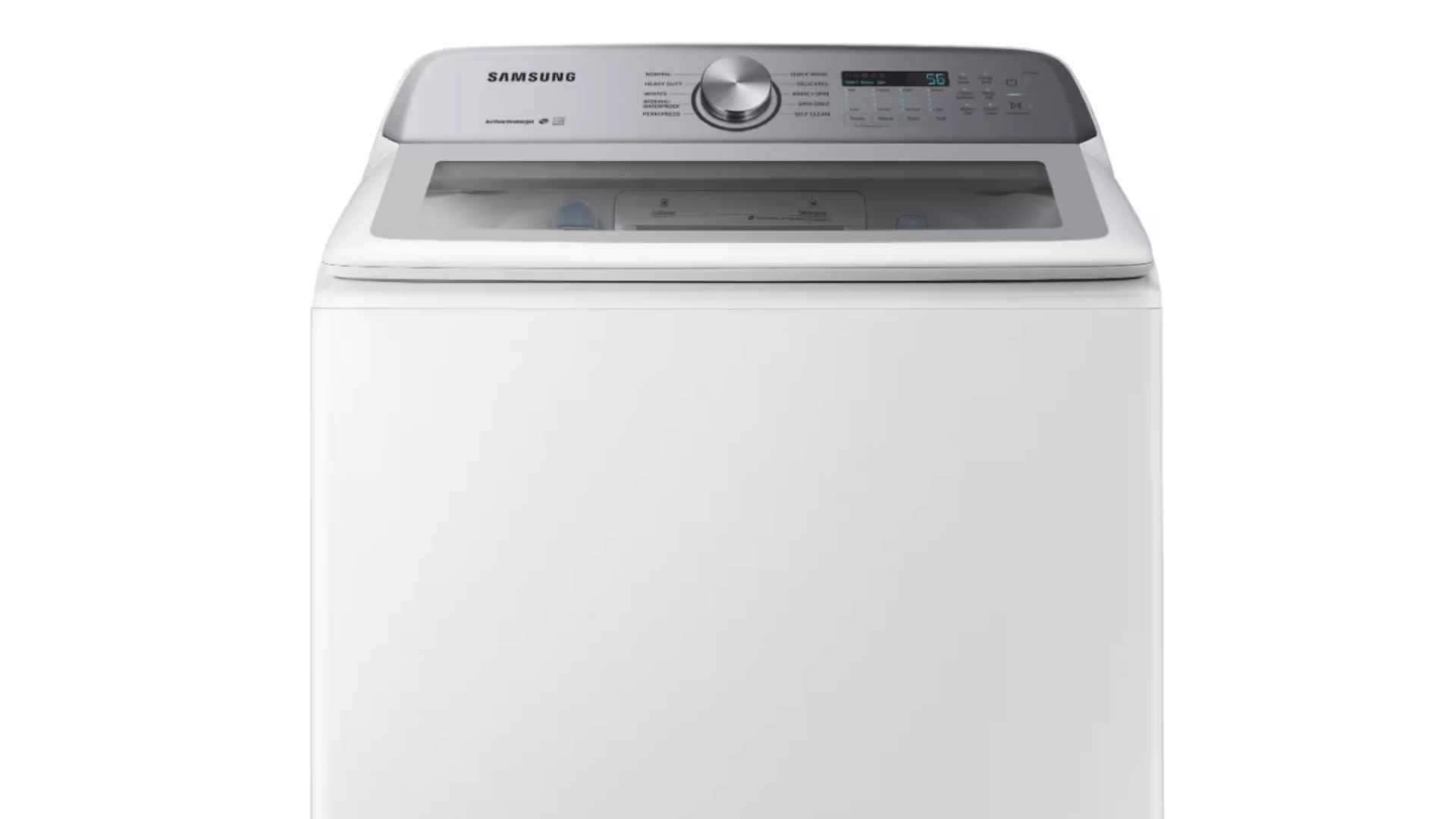A leaking washing machine can lead to water damage and costly repairs if not addressed promptly. While some leaks require professional attention, many can be fixed with basic troubleshooting. By understanding the common causes of leaks and following a few simple steps, homeowners can often identify and resolve the issue themselves.
Regular maintenance and preventative measures can further reduce the risk of future leaks, saving time, money, and potential headaches.
Addressing Washing Machine Leaks from the Bottom
Identifying the Source of the Leak
A washing machine leaking from the bottom can be a sign of several different problems. The first step is to try and pinpoint where the water is coming from. This will help you determine the cause and the best course of action.
Common Causes of Bottom Leaks
Here are some of the most common reasons why a washing machine might leak from the bottom:
- Loose Hoses: The inlet hoses (which bring water in) and the drain hose (which takes water out) can become loose over time.
- Damaged Hoses: Hoses can crack, split, or develop holes, leading to leaks.
- Water Inlet Valve Problems: The water inlet valve controls the flow of water into the machine. If it’s faulty, it can leak.
- Drain Pump Issues: The drain pump removes water from the washing machine. If it’s leaking or clogged, water can spill out.
- Tub Seal Failure: The tub seal prevents water from leaking between the inner and outer tubs. If this seal is damaged, it can cause significant leaks.
- Over sudsing: Using too much detergent, especially high-efficiency (HE) detergent in a non-HE machine, can create excessive suds that overflow and leak from the bottom.
Troubleshooting Steps
Here’s a step-by-step approach to troubleshooting a bottom leak:
- Turn Off the Water Supply: Immediately turn off the water supply to the washing machine to prevent further flooding. You’ll find shut-off valves behind the machine.
- Unplug the Washing Machine: Disconnect the power cord to avoid electrical shock.
- Inspect the Hoses: Check the inlet and drain hoses for any signs of looseness, cracks, or damage. Tighten any loose connections and replace damaged hoses.
- Check the Drain Pump: Look for leaks around the drain pump. Check for clogs in the pump or drain hose.
- Check the Water Inlet Valve: If you suspect the inlet valve is leaking, you may need to remove it to inspect it more closely. This may require some disassembly of the washing machine.
- Look for Over sudsing: Is there a lot of foam or suds evident around the machine? If so, you may be using too much detergent or the wrong type of detergent.
When to Call a Professional
Some repairs, like replacing hoses, are relatively simple. However, other repairs, such as replacing the tub seal or the water inlet valve, can be more complex and may require specialized tools. If you’re not comfortable working with appliances, it’s best to call a qualified appliance repair technician.
Call a professional if:
- You can’t identify the source of the leak.
- The leak is coming from inside the machine and requires significant disassembly.
- You’re not comfortable working with plumbing or electrical components.
Preventing Future Leaks
Here are some tips to help prevent future leaks:
- Regularly Inspect Hoses: Check your washing machine hoses for wear and tear at least once a year.
- Use the Correct Detergent: Use high-efficiency (HE) detergent in HE washing machines. Using the wrong detergent can cause over sudsing.
- Don’t Overload the Machine: Overloading the washing machine can put extra strain on the components, including hoses and seals.
Checking for Leaks in Other Appliances
Just like washing machines, other appliances that use water can also develop leaks. Dishwashers, refrigerators with ice makers, and water heaters are common culprits. Regularly inspecting the hoses and connections of these appliances can help prevent water damage and costly repairs. Look for signs of moisture, corrosion, or drips around the base of the appliance. If you find a leak, turn off the water supply to the appliance and unplug it before attempting any repairs or calling a professional.
Root Causes of Washing Machine Bottom Leaks
Damaged Seals and Gaskets
Washing machines rely on seals and gaskets to prevent water from escaping. These components can wear out over time. A faulty seal often leads to leaks at the bottom of the machine. To fix this:
- Remove the front cover
- Inspect the gaskets for wear
- Tighten any loose bolts
- Replace severely damaged gaskets
Regular checks can help catch seal issues early.
Compromised Hose Connections
Hoses play a vital role in water circulation. Both external and internal hoses can develop problems:
- External hoses may have loose fittings
- Internal hoses might crack or develop weak spots
To address hose issues:
- Check external connections for tightness
- Remove the cabinet’s upper section
- Inspect internal hoses for damage
- Secure or replace hoses as needed
Corrosion and holes in hoses are clear signs of potential leaks.
Pump and Pulley Seal Failures
The pump system is crucial for water movement. Different pump types may show varied symptoms:
- Direct-drive pumps
- Belted pumps
- Electric pumping systems
Common pump-related issues include:
- Loose hose clamps
- Leaking pump seals
To inspect the pump:
- Remove the appropriate cover (front or back)
- Disconnect hoses and belts
- Examine the pump for damage
Faulty Door Seals
Front-loading washers can leak due to door seal problems. This issue is often:
- Easy to fix
- Inexpensive to resolve
Causes of door seal leaks:
- Dirt buildup
- Excess detergent
- Worn-out seal
Solutions:
- Clean the door seal regularly
- Use the correct amount of detergent
- Replace the seal if damaged
Consult the manufacturer for the correct seal model when replacing.
Pressure Switch Malfunctions
The pressure switch controls water levels in the washer. A faulty switch can cause overfilling and leaks. To check the pressure switch:
- Remove the control panel
- Inspect the switch for wear or cracks
- Ensure proper wire connections
Signs of a failing pressure switch:
- Decreased pressure readings
- Inconsistent water levels
Replace the switch if it shows signs of malfunction.
Fixing a leaking washer often involves simple steps. Many repairs can be done at home with basic tools. However, for complex issues, professional help may be necessary. Regular maintenance can prevent many common leak causes and extend the life of the washing machine.
Fixing Washing Machine Water Leaks
Examine the Hoses
Washing machine leaks often start with faulty hoses. Check both the drain and fill hoses carefully:
- Unplug the machine
- Tighten connections at the back
- Remove the cabinet panel
- Look for cracks or wear on hoses
- Replace damaged hoses as needed
Proper hose maintenance prevents many leaks. Regular checks can save time and money on repairs.
Check the Tub Seal
A faulty tub seal can cause significant leaks. Here’s how to inspect it:
- Disconnect power and remove front panel
- Take off the tub cover
- Examine the seal for damage or wear
- Replace if cracks are found
A good seal keeps water where it belongs. Don’t ignore this crucial part.
Evaluate the Water Inlet Valve
The inlet valve controls water flow. Problems here can lead to leaks:
- Unplug machine and turn off water supply
- Remove back panel
- Find valve behind hose connections
- Clean valve screens of debris
- Test with a multimeter set to Rx1
- Compare readings to manual specs
- Replace valve if damaged or faulty
A clean, working inlet valve ensures proper water control. This reduces leak risks.
Tips for leak prevention:
- Use HE detergent in front-load washers
- Clean the detergent dispenser regularly
- Check external drain hose for kinks or blockages
- Inspect fill hoses yearly for wear
Table: Common Leak Causes and Solutions
| Cause | Solution |
|---|---|
| Worn hoses | Replace damaged sections |
| Faulty tub seal | Install new seal |
| Clogged inlet valve | Clean or replace valve |
| Loose connections | Tighten all fittings |
| Oversudsing | Use correct detergent amount |
Regular maintenance keeps washers running smoothly. Address small issues before they become big problems. Quick action on leaks saves water and prevents damage to floors and nearby items.
Remember: safety first. Always unplug the machine before repairs. When in doubt, call a professional. Proper care extends washer life and ensures clean clothes without unwanted puddles.







